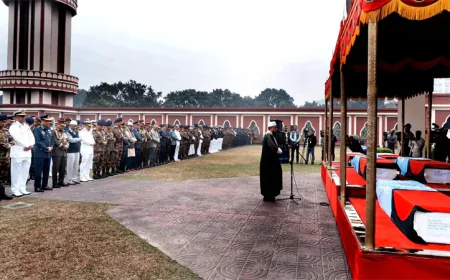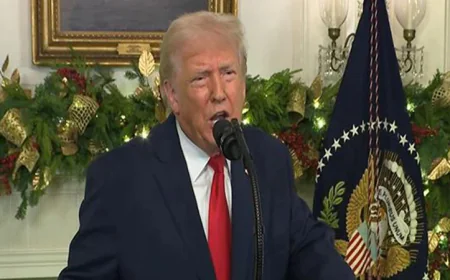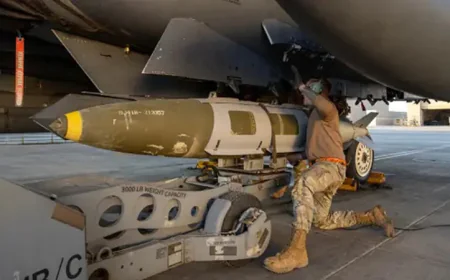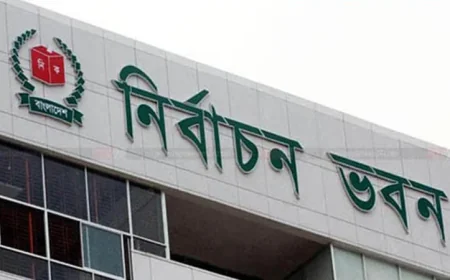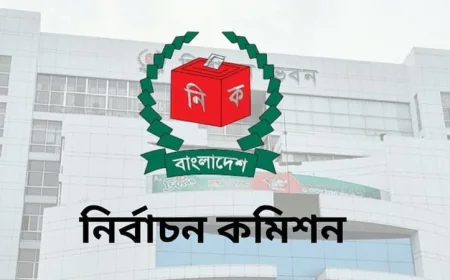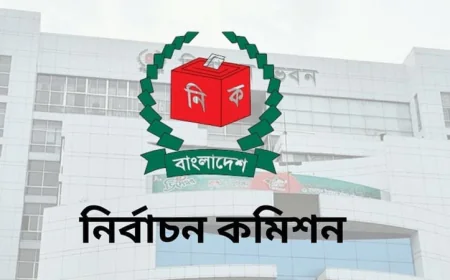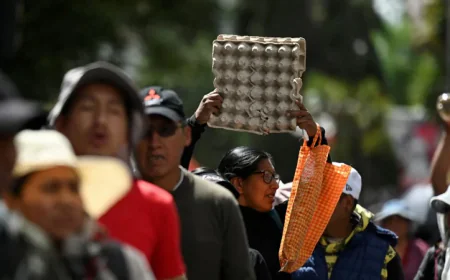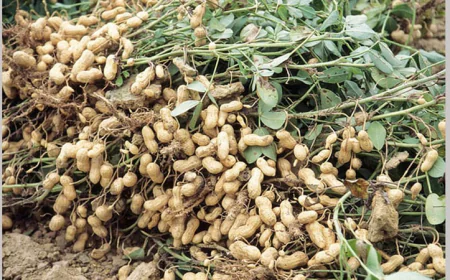Rangpur Division Sees Record Supply of Sacrificial Animals Ahead of Eid
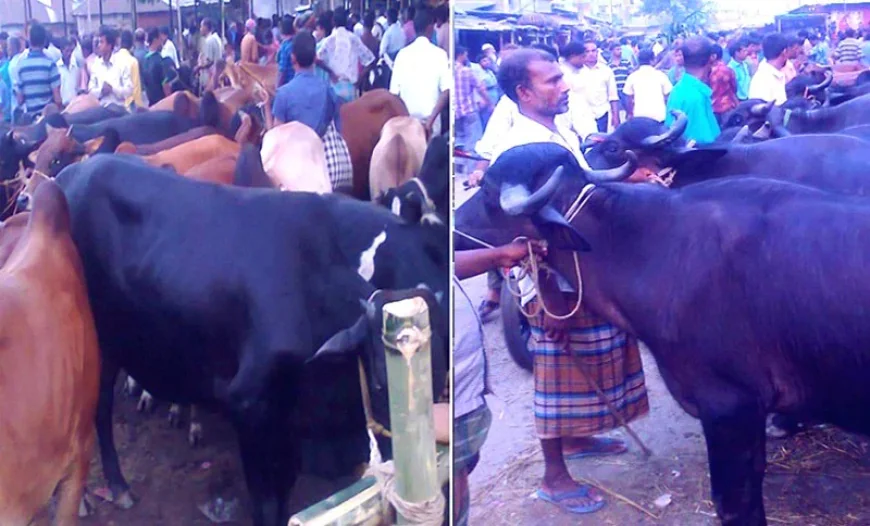
Local markets across Rangpur division are experiencing an unprecedented supply of sacrificial animals on the eve of Eid-ul-Azha, with both sales volume and livestock availability reaching record levels. Livestock farm owners and cattle traders have reported a substantial increase in the number of animals brought to market, despite a sharp rise in input costs, particularly in animal feed. Market participants noted that although prices of sacrificial animals have surged over the past few years, farmers have prioritized raising local breeds in anticipation of better returns. Buyers, in turn, are showing a strong preference for naturally raised, medium-sized cattle over artificially fattened or excessively large animals, which are often perceived as less desirable for religious sacrifice.
However, despite heightened market activity, many farmers have expressed concerns over profitability. Rising feed costs have eroded margins, with some sellers forced to part with large bulls at prices significantly below expectations. One cattle farm owner in Taraganj upazila reported selling two bulls weighing 600–700 kg for Taka 6 lakh—substantially below the anticipated value of at least Taka 10 lakh—citing urgent financial pressures. Data from the Rangpur Divisional Livestock Department indicates that the division has produced 19,80,390 sacrificial animals against an estimated demand of 14,12,000, resulting in a surplus of approximately 5,68,000 animals. This surplus is distributed across all eight districts of the division, eliminating the need for external procurement and positioning local producers to meet regional demand independently.
In Rangpur district alone, 25,651 farms have supplied 3,63,312 animals, including cows, with 1,38,560 exceeding the projected requirement of 2,24,752. This reflects broader growth in the livestock sector, which officials attribute to improved farming practices and targeted governmental support. To ensure orderly trading, local authorities have implemented comprehensive measures at the cattle markets. Veterinary teams have been deployed to assess the health of animals, while law enforcement agencies are conducting round-the-clock patrols. Infrastructure support includes the installation of currency verification machines to prevent fraud and facilitate smooth transactions. Despite the glut in supply, prices have remained relatively stable. Popular-sized bulls are selling in the range of Taka 1 lakh to Taka 2.5 lakh, large bulls for Taka 3 lakh to Taka 4 lakh, and extra-large bulls upwards of Taka 5 lakh. Goat prices also reflect the oversupply trend, with large-sized goats priced at Taka 25,000–45,000, medium-sized at Taka 20,000–25,000, and smaller goats between Taka 14,000–19,000. Cattle traders and livestock officials expressed cautious optimism that the robust local supply will ensure fair market conditions for both buyers and sellers, although concerns over profitability in light of high production costs remain prevalent among farmers.
